This was published 6 years ago
How micronations are created: Could you create your own country?
By David Whitley
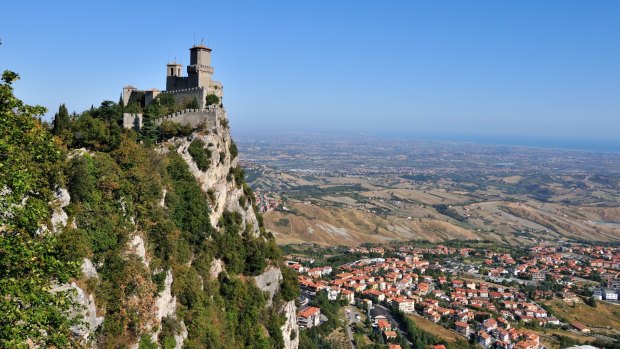
Castle della Guaita in the state of San Marino, surrounded by Italy.Credit: iStock
In January, it was the end of an era for the Australian continent's other country. His Royal Highness Prince Leonard of Hutt River, the self-declared nation near Geraldton in Western Australia, decided to abdicate due to ill health, passing the baton on to his son, Prince Graeme.
The Hutt River Principality, born from farmer Leonard Casley's disgust at wheat quotas imposed by the Australian government, is one of the world's most famous micronations. The Australian government has never accepted the secession, and no other country in the world has formally recognised it, but Hutt River gamely plays at being independent. There are several other tiny pseudo-states around the planet, established with varying degrees of success.
But say if you were given billions of dollars and wanted to set up your own independent state, how would you go about it? Well, it seems there are a few possible models…
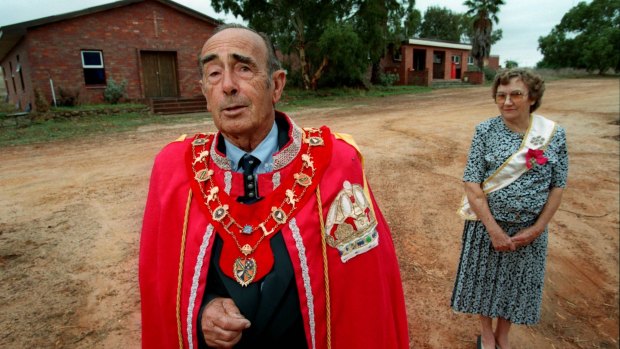
Located near Geraldton in Western Australia, The Hutt River Principality is one of the world's most famous micronations. His Royal Highness Prince Leonard of Hutt River, pictured, abdicated to his son, Prince Graeme.Credit: John Mokrzycki
The Bir Tawil model
The obvious option is to rock up in some land that hasn't been claimed by anybody else. The major issue with this, of course, is that there are no major bits of land not claimed by anybody else. Except for Bir Tawil.
This unloved pocket between Egypt and Sudan is a result of a squabble between two nations over the neighbouring Hala'ib Triangle, which is far more valuable. Essentially, to claim Bir Tawil would be admitting that the old map putting the Hala'ib Triangle in the rival neighbour was correct. And neither Sudan nor Egypt wishes to give up its claim on the Hala'ib Triangle.
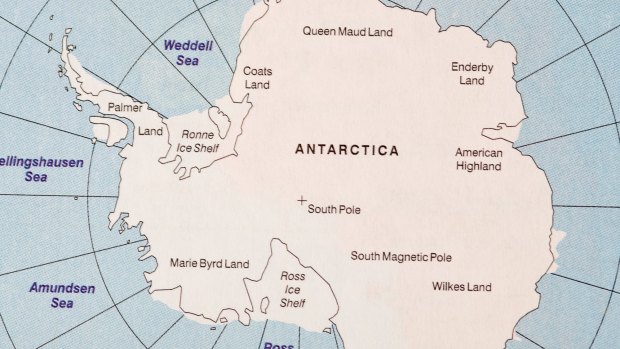
The biggest unclaimed piece of land in Antarctica is Marie Byrd Land.Credit: iStock
In 2014, however, American farmer Jeremiah Heaton visited and planted his self-designed flag in the ground. The initial aim was so that his daughter could be a princess, but now he wants his ''Kingdom of North Sudan'' (kingdomsudan.org) to be used for scientific advancement.
The goals are lofty. "The Kingdom of North Sudan has been established as a living laboratory and testing ground for the agricultural and energy conservation ideas of tomorrow," says the king's website. "North Sudan is the only Nation on Earth solely dedicated to unlocking new scientific tools that improve humanity's ability to overcome with the negative impacts of climate change."
Of course, getting recognition from elsewhere may be the issue here …
The Marie Byrd Land model
The other unclaimed major pieces of land are in Antarctica, and the biggest of these is Marie Byrd Land. However, the Antarctic Treaty System sets aside Antarctica as a scientific preserve with no military activity. Article 4 of the initial treaty states "the treaty does not recognise, dispute, nor establish territorial sovereignty claims; no new claims shall be asserted while the treaty is in force". And the 46 signatories that don't claim any part of Antarctica don't recognise the claims of those who do.
This is not a perfect system. If, for example, a nihilistic America-centred US president started to rip up international treaties, Marie Byrd Land could be up for grabs to anyone with enough will and a large enough army.
The Liberland model
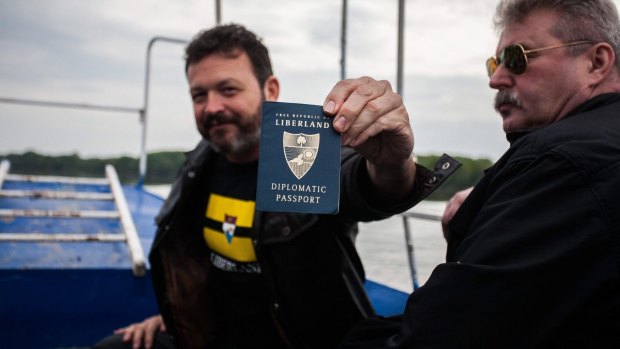
Credit: Alamy
If you can't find unclaimed territory, you can find disputed territory. And there are a few parcels along the river Danube that Croatia and Serbia squabble over. In 2015, Czech right wing libertarian Vít Jedlicka decided to take one of them. His supposed territory – which he has called Liberland – measures seven square kilometres and is largely forest.
What happens next depends largely on what Croatia and Serbia do. Croatia has been blocking access to it, and arresting activists for illegal border crossings to and from Croatia.
The San Marino model
Look at a map, and San Marino is an absolutely ridiculous state. It's entirely surrounded by Italy, and dates back to the era before nation states took over from loosely-controlled empires. As Garibaldi was uniting Italy, San Marino offered sanctuary to those in favour of unification being persecuted elsewhere. And, in gratitude, San Marino was allowed to stay independent.
Liechtenstein and Monaco have similar tales of hanging on while larger empires collapsed. The tactics are simple – get the land, then get lucky as history unfurls around you. The problem is that you may have to wait hundreds of years for the dastardly plan to take effect.
The Sealand model
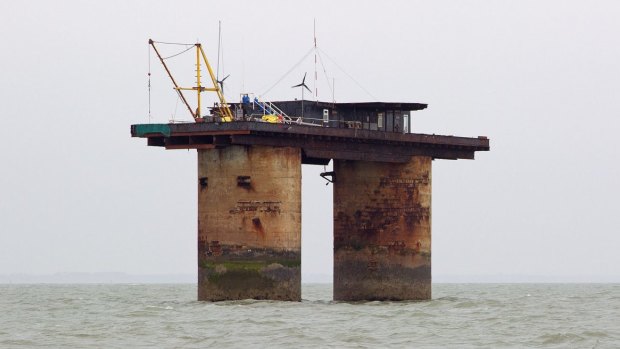
Credit: Alamy
In 1967, Paddy Roy Bates and his associates took over an abandoned anti-aircraft gun platform in the North Sea. He declared it independent and started issuing passports. It is still in the hands of his family today.
However, since then, the UK has expanded its territorial waters, so that it now includes Sealand. So the UK definitely doesn't recognise Sealand's independence, although the Bates family still insists on it.
Since 1994, the United Nations Convention on the Law of the Sea has stated "Artificial islands, installations and structures do not possess the status of islands. They have no territorial sea of their own, and their presence does not affect the delimitation of the territorial sea, the exclusive economic zone or the continental shelf." And, realistically, anyone trying anything similar would have their claim swiftly taken over by an existing power, claiming it was part of their continental shelf.
The seamount model
There may be a loophole, though, largely based around what the hazy definition an artificial island is. The ocean is full of seamounts – mountains (largely but not exclusively extinct volcanoes) that are presently covered by water. What if the sea levels dropped and they were exposed? Or if a volcano erupted, creating an island?
The former's not likely given global sea levels are rising, and previous examples of the latter have all happened close to existing landmasses. But what about putting landfill on top of a seamount that's in international waters? Well, even if it did work legally, it'd require a superhuman engineering feat, largely because most of the ocean in international waters is really, really deep.
Finding a feasible option – and this phenomenally geeky discussion on Quora identifies one 200 metres below the surface east of Oman – would be tough. And that's before the practicalities of building it, then getting recognition as a sovereign state.
See also: The world's smallest countries (and why you should visit them)
Sign up for the Traveller Deals newsletter
Get exclusive travel deals delivered straight to your inbox. Sign up now.